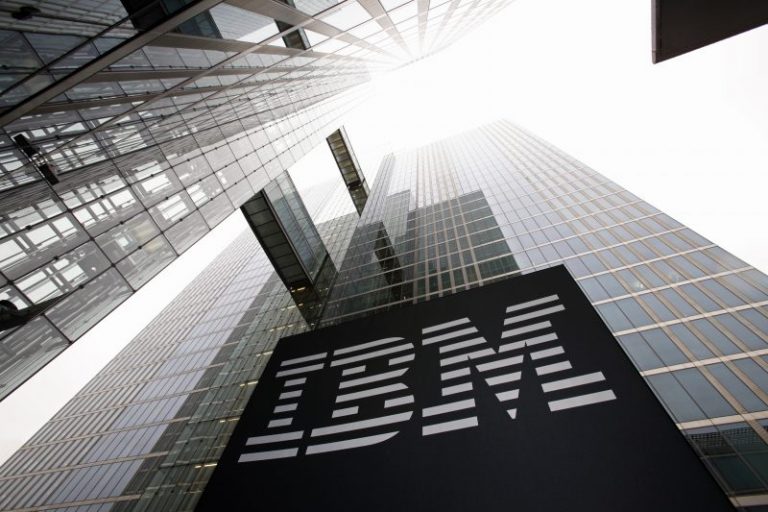 INFRA
INFRA
 INFRA
INFRA
 INFRA
INFRA
The U.K.’s antitrust regulator has launched an inquiry into IBM Corp.’s proposed acquisition of HashiCorp Inc. for $6.4 billion.
The Competition and Markets Authority, or, CMA, announced the move today. The investigation comes about eight months after IBM first revealed its plans to buy HashiCorp. The U.S. Federal Trade Commission has launched a probe of its own that was first detailed in a July filing.
The CMA is seeking to determine whether the acquisition could reduce market competition. To support its review, the regulator will enable interested parties to submit feedback on the deal until Jan. 16.
Such feedback requests are often followed by an investigation known as a Phase 1 probe. If officials determine that a deal poses antitrust risks, they can refer it to a more in-depth Phase 2 investigation. Such probes can lead to a regulatory ruling that either blocks the deal or requires the companies involved to revise some of the transaction terms.
The CMA didn’t specify which parts of HashiCorp’s business are under scrutiny. In technology deals, antitrust officials often focus on markets where both the acquirer and the company being bought have a presence. When two companies that compete in the same market join forces, the market is left with one less player, which can sometimes lead to decreased competition.
It’s possible the CMA’s inquiry will focus on the infrastructure-as-code segment, where both HashiCorp and IBM are significant players. HashiCorp competes in the IaC market with Terraform, one of its most popular products. IBM offers a tool called Ansible that it obtained through the 2018 acquisition of Red Hat.
Terraform enables developers to set up cloud environments by writing scripts, which is faster than manually configuring every setting. Terraform scripts can define what infrastructure resources should be included in an environment, what software it will run and how this software should be configured.
Ansible likewise allows developers to manage infrastructure with code. The two tools’ target use cases overlap to a certain degree, but in practice, software teams often leverage them for different tasks. Terraform is most commonly used to set up cloud environments, whereas Ansible is better-suited for configuring on-premises hardware. Some customers use the two tools together.
Another market where the product portfolios of HashiCorp and IBM overlap is the application orchestration segment. IBM’s Red Hat OpenShift platform uses Kubernetes to manage users’ workloads. HashiCorp, meanwhile, offers a Kubernetes alternative called Nomad. The latter offering is positioned as a more user-friendly product that can orchestrate only containers but also other workloads.
HashiCorp also offers a number of other tools. Some automate infrastructure management tasks that aren’t covered by the feature sets of Terraform and Nomad. Others focus on cybersecurity use cases, such as storing the encryption keys that applications use to protect their data. HashiCorp offers all its tools under an open-source license.
The company makes money by selling paid cloud-based editions that spare customers the hassle of setting up and maintaining the software. They also include more features than the open-source versions. HashiCorp generated $173.4 million in revenue last quarter across its product portfolio, up 19% from the same time a year earlier.
Support our mission to keep content open and free by engaging with theCUBE community. Join theCUBE’s Alumni Trust Network, where technology leaders connect, share intelligence and create opportunities.
Founded by tech visionaries John Furrier and Dave Vellante, SiliconANGLE Media has built a dynamic ecosystem of industry-leading digital media brands that reach 15+ million elite tech professionals. Our new proprietary theCUBE AI Video Cloud is breaking ground in audience interaction, leveraging theCUBEai.com neural network to help technology companies make data-driven decisions and stay at the forefront of industry conversations.